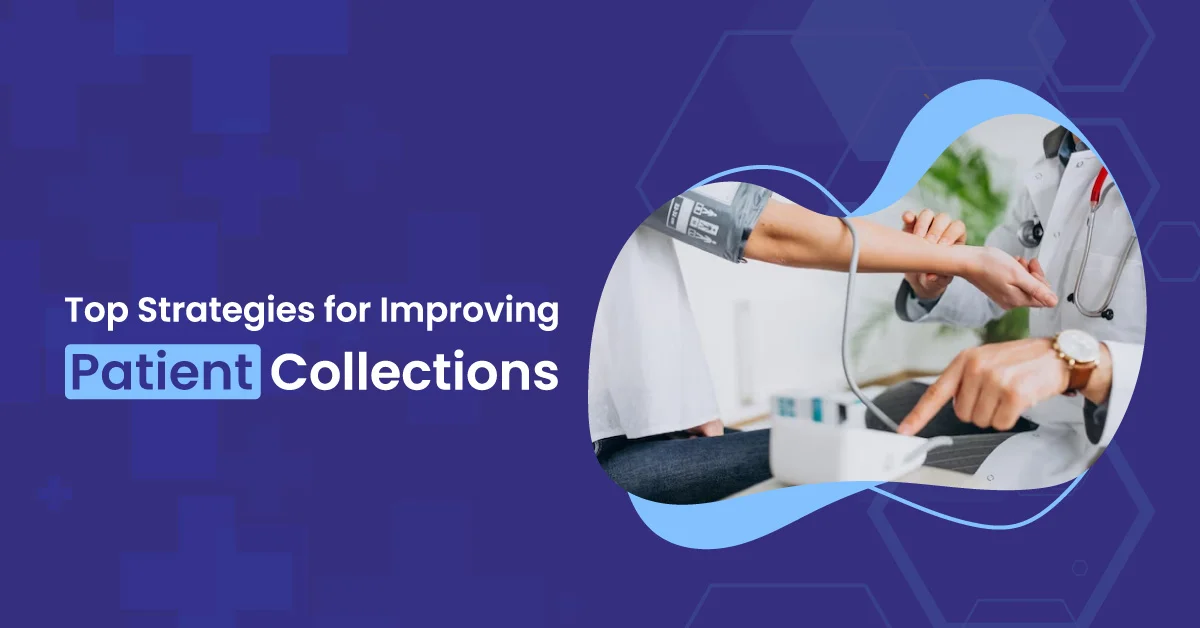Collecting patient payments is an essential aspect of healthcare revenue cycle management. However, it is also one of the most challenging tasks healthcare providers face. According to recent studies, patient collections account for up to 30% of a healthcare organization’s revenue, and yet nearly 70% of patients with outstanding balances do not pay their bills in full. In today’s ever-changing healthcare landscape, improving patient collections is crucial to maintaining financial stability and providing quality patient care. In this article, we will explore the top strategies for improving patient collections to help healthcare providers increase revenue and reduce financial strain on their practice.
Verify Insurance Coverage and Eligibility
One of the primary reasons for claim denials and payment delays is due to insurance coverage and eligibility issues. Therefore, it is crucial to verify a patient’s insurance coverage and eligibility before providing any services or treatments. This step can help avoid payment issues down the line and reduce the burden on patients who may face unexpected bills or out-of-pocket expenses.
Provide Cost Estimates Upfront
Patients often avoid seeking medical care due to the fear of being unable to afford it. Providing patients with accurate cost estimates upfront can help alleviate this fear and increase their willingness to seek necessary care. It is essential to communicate clearly and transparently about the costs of procedures, treatments, and services, including any insurance coverage and out-of-pocket expenses.
Offer Payment Plans
Offering payment plans to patients can make healthcare more accessible and affordable. This approach allows patients to spread the cost of their medical bills over time, reducing the financial burden of a large, unexpected bill. Payment plans also increase the likelihood of patient collections and reduce the need for costly and time-consuming collections efforts.
Educate Patients on their Financial Responsibility
Many patients are unaware of their financial responsibilities when it comes to healthcare costs, leading to confusion and frustration. Educating patients about their financial obligations, including insurance coverage, deductibles, and co-pays, can help reduce misunderstandings and ensure timely payments.
Use Technology to Streamline Collections
Technology can help streamline the collection process, making it faster and more efficient. For example, using automated payment reminders and patient portals for online bill payment can reduce manual collection efforts and improve overall patient experience. Additionally, using electronic health record (EHR) systems and billing software can help simplify the billing process and reduce errors in claims submissions, leading to faster payment turnaround times.
For each strategy, consider the following:
- How can you implement this strategy in your organization?
- What are the potential benefits of implementing this strategy?
- What are the potential challenges of implementing this strategy?
- How can you measure the success of this strategy?
Considering these questions, you can develop a plan to implement these strategies and improve patient collections.





